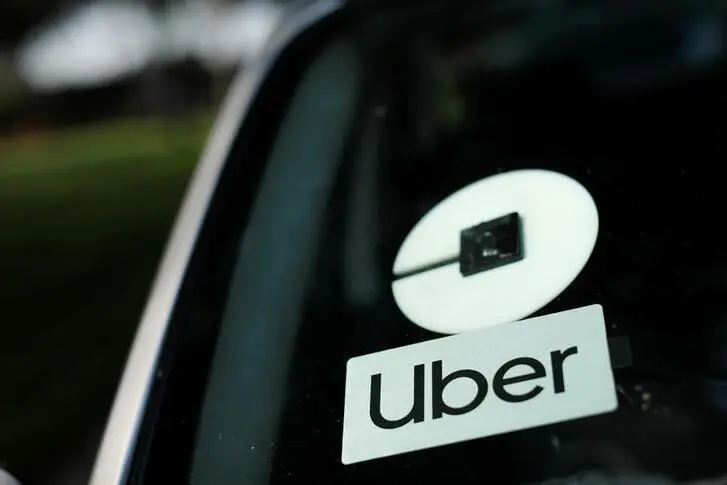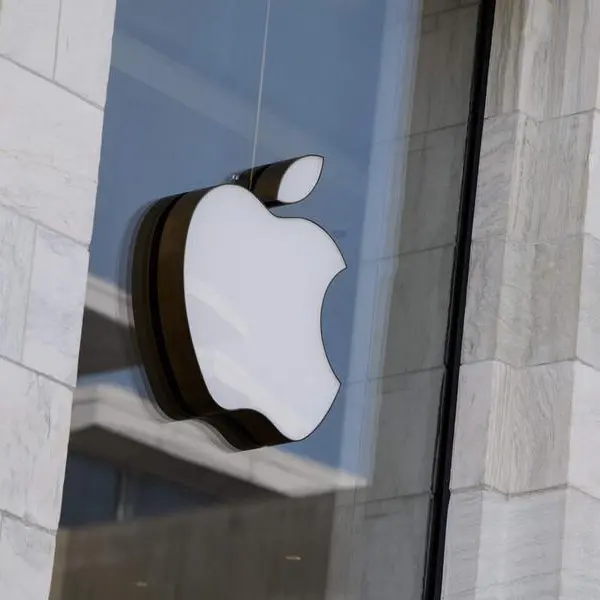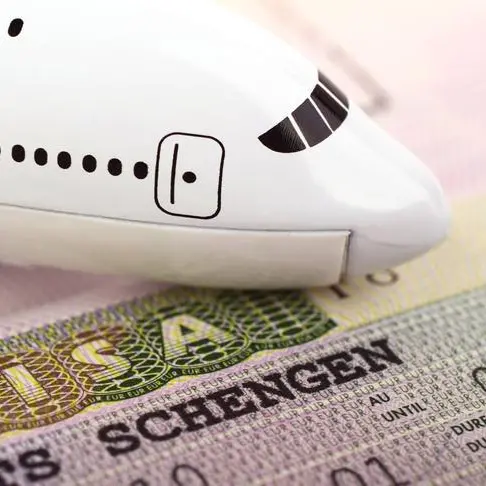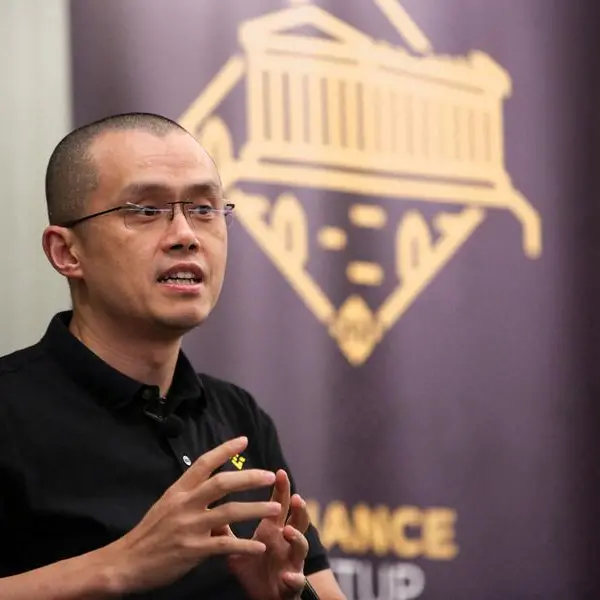PHOTO
(The author is a Reuters Breakingviews columnist. The opinions expressed are her own.)
SAN FRANCISCO - Uber Technologies has a chance to get back into the driver’s seat. A California court gave the ride-hailing firm some breathing room to comply with a new law that effectively turns gig workers into employees. Voters will decide in November if that should hold. In the meantime, the protracted mess gives Uber, DoorDash and others reason to compromise.
In January, a new state law went into effect that classifies many contract workers as employees. California’s attorney general sued the $55 billion firm led by Dara Khosrowshahi and smaller rival Lyft to force them to comply and a judge agreed. Instead, the companies threatened to stop their ride service in the Golden State. Uber can afford to play hardball because rides are down amid the pandemic while its Eats business, which isn’t part of the lawsuit, is thriving. Also, the main event comes in November, when California voters will be asked to decide whether the law should exclude app-based ride companies. In the meantime on Thursday, an appeals court allowed Uber and Lyft to continue business as usual until an October hearing.
There’s more: A separate lawsuit involving food-delivery service DoorDash adds to the muddle. The San Francisco district attorney last week asked a court to compel the startup to treat its drivers as employees. If it is forced to comply, DoorDash doesn’t have another service to offset the loss, unlike Uber.
Workers need safety nets, but drivers also seek flexibility. For example, becoming an employee would prevent them from working for multiple platforms as many workers do now. The state ballot measure pushed by the three firms is only half a solution. Their plan would maintain drivers for apps as contractors but include some benefits like healthcare subsidies. More safety nets are needed, like paid sick leave, which is being offered now but only in relation to Covid-19.
Benefits are expensive, especially for these low-margin businesses. There is room for a creative solution, like gig economy employers banding together to form a benefits pool, with contributions based on hours worked for certain platforms. Giving gig workers assistance they deserve is an evolution, not a revolution, but the companies will also have to accept that the status quo can’t go on much longer.
CONTEXT NEWS
- A California court ruling on Aug. 20 allowed Uber Technologies and Lyft to continue to classify their drivers as gig workers until their appeal could be heard in a hearing scheduled in October.
- California legislators enacted a law that effectively requires most contract workers to be classified as company employees. Uber and Lyft sued. Both firms have threatened to suspend their ride-sharing services in California.
- Californians will vote in November whether app-based drivers should be exempt from the law although they would still have some worker benefits.
(The author is a Reuters Breakingviews columnist. The opinions expressed are her own.)
(Editing by Jennifer Saba and Leigh Anderson) ((gina.chon@thomsonreuters.com; Reuters Messaging: gina.chon.thomsonreuters.com@reuters.net))












